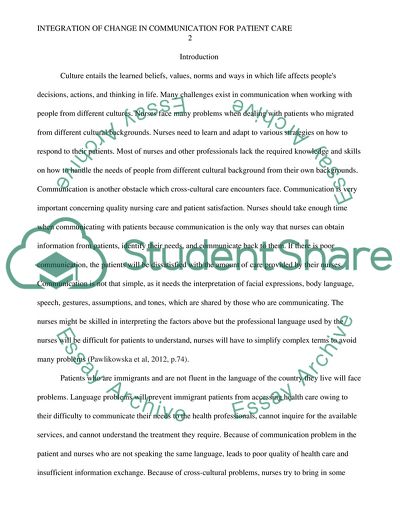Cite this document
(Describe, Identify, Implement and Integrate Change in Verbal/nonverbal Research Paper - 1, n.d.)
Describe, Identify, Implement and Integrate Change in Verbal/nonverbal Research Paper - 1. https://studentshare.org/nursing/1765448-integration-of-change-in-verbal-and-nonverbal-communication-for-patient-care-across-cultures
Describe, Identify, Implement and Integrate Change in Verbal/nonverbal Research Paper - 1. https://studentshare.org/nursing/1765448-integration-of-change-in-verbal-and-nonverbal-communication-for-patient-care-across-cultures
(Describe, Identify, Implement and Integrate Change in Verbal/Nonverbal Research Paper - 1)
Describe, Identify, Implement and Integrate Change in Verbal/Nonverbal Research Paper - 1. https://studentshare.org/nursing/1765448-integration-of-change-in-verbal-and-nonverbal-communication-for-patient-care-across-cultures.
Describe, Identify, Implement and Integrate Change in Verbal/Nonverbal Research Paper - 1. https://studentshare.org/nursing/1765448-integration-of-change-in-verbal-and-nonverbal-communication-for-patient-care-across-cultures.
“Describe, Identify, Implement and Integrate Change in Verbal/Nonverbal Research Paper - 1”. https://studentshare.org/nursing/1765448-integration-of-change-in-verbal-and-nonverbal-communication-for-patient-care-across-cultures.


